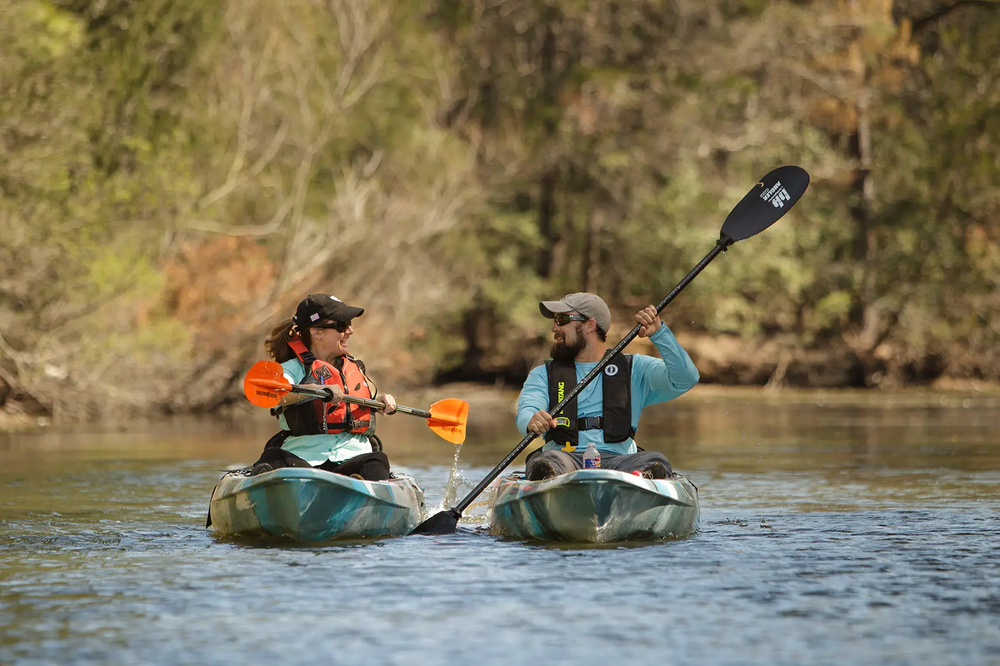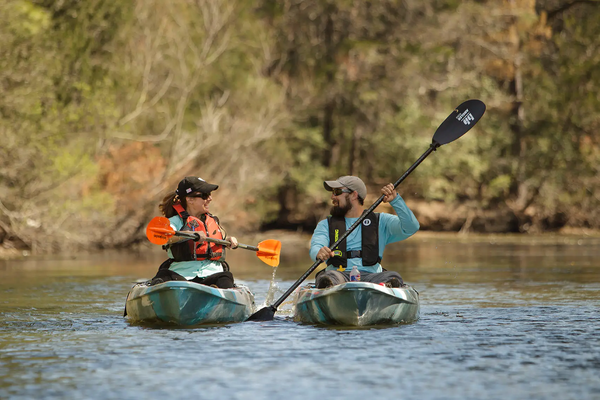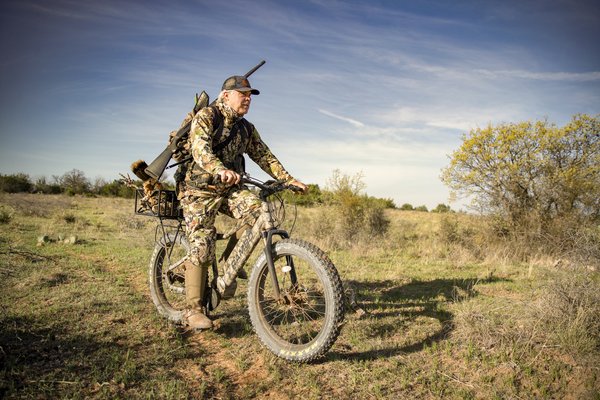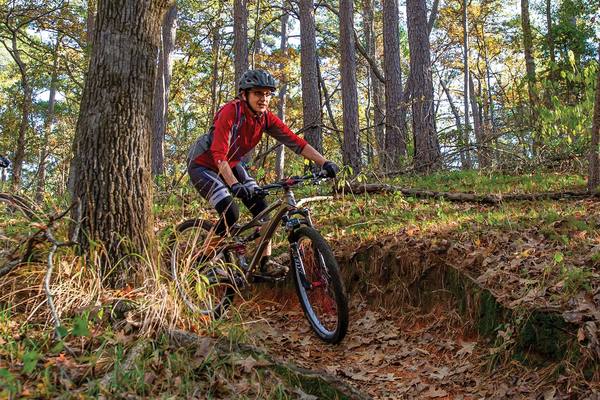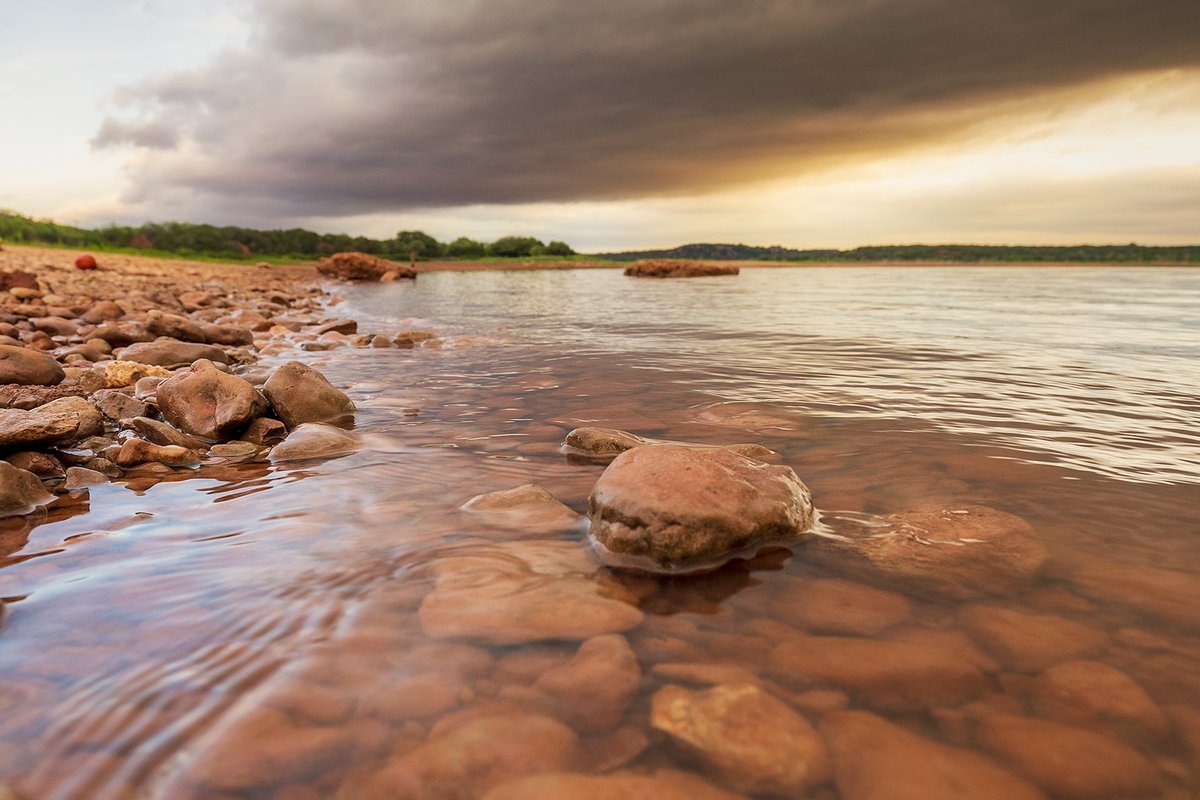IF ANY PARK gets a prize for having the most people fight for it, Castner Range might win. After 52 years of advocacy from the nearby El Paso community, this site finally became a national monument in March 2023 — although it won’t be open to the public for several years.
Encompassing over 6,600 acres of land in West Texas, Castner Range sits just east of Franklin Mountains State Park. Three quarters of the Franklin Mountains are conserved within the state park; Castner contains the other 25 percent. Though it pales in comparison to the size of its park neighbor (by about 20,000 acres!), Castner has a rich past, present and future.
The site was acquired by the U.S. government in 1926 and was used as a firing range for the Army until 1966. Castner has been closed to the public because of safety concerns about leftover firing range debris.
Janae Reneaud Field, the executive director of the Frontera Land Alliance, says this has enabled the site to remain in its pristine state. “Because of [Castner being off-limits], they’ve been able to let it exist and grow on its own without disturbance,” Field says.
The Castner Range contains several features that make it unique beyond its mountainous scenic beauty. It contains the greatest concentration of springs in the Franklin Mountains, supporting vegetation and wildlife. The range acts as a natural collector and distributor of flood water that would otherwise overflow into El Paso, and much of the water is absorbed into the land, replenishing local aquifers. The range is rich in natural and cultural resources, with several archeological sites and rare plants, including the showy Mexican gold poppy that covers the lower slopes in spring. Additionally, Castner provides intact examples of alluvial fans, which are landforms created by water erosion at the canyon mouth.
Field says these unique aspects of the land are exactly what make it a target for external threats and potential development. It wasn’t until President Joe Biden designated it as a national monument that this land was permanently protected from development.
The future for Castner remains open as the Army and Fort Bliss — the stewards of the land — plan to clear the space of dangerous debris while ensuring its ecosystems remain intact. In six or more years, the Army intends to open a hiking trail to the public.
When Castner opens to the public, Field expects the next challenge will be encouraging visitors to respect the area, both for their safety and for preservation of the land’s integrity.
“People haven’t been allowed on there, so by opening it up to people at all, you are changing how that land has operated for years,” Field says. “It’s going to be important that people respect nature in the way it is right now so it stays in balance.”
